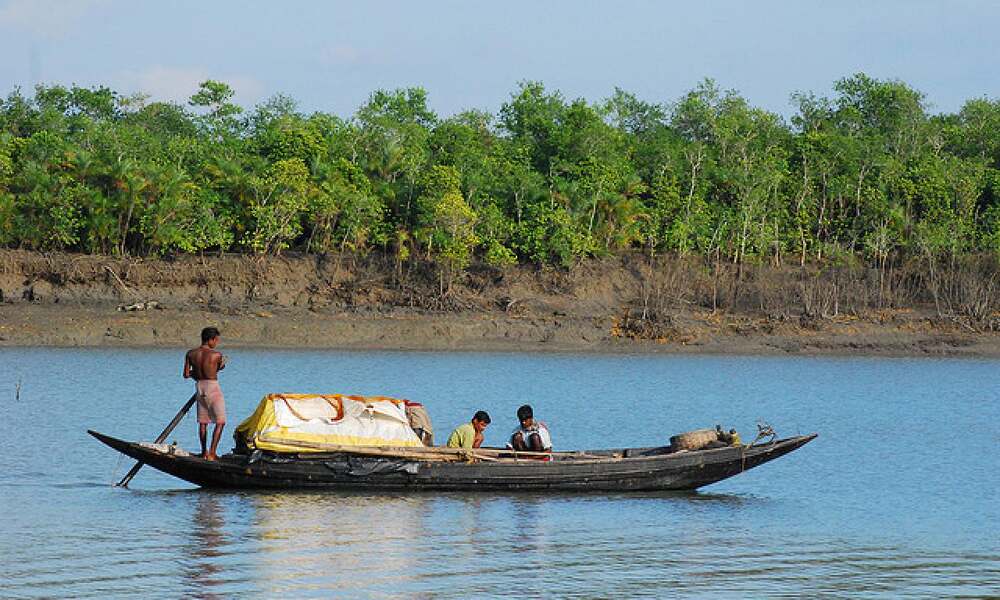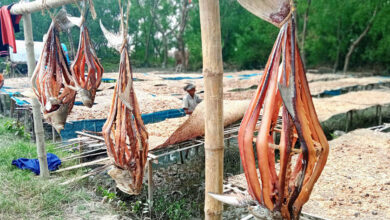
The Sundarbans, Bangladesh’s largest mangrove forest, will reopen to tourists, fishers, woodcutters, and honey collectors from today Sunday, 1 September, following a three-month conservation closure. This annual closure, which runs from 1 June to 31 August, is crucial for protecting the forest’s delicate ecosystem during the breeding season for many fish and wildlife species.
During this period, all activities, including fishing, tourism, and the movement of vessels, are halted to create a safe breeding environment. The restriction helps maintain the biodiversity of the Sundarbans, ensuring that fish and wild animals can reproduce without disturbances. This effort is vital for preserving the forest’s rich wildlife, including the endangered Royal Bengal Tiger.
As the Sundarbans reopen date approaches, local communities, including fishers and tour operators, are preparing to resume their activities. Munshi Quamruzzaman, a fisherman from Paikgachha upazila, has readied his boat and nets for fishing, while Aziz Khalifa from Koyra upazila highlights the dependency of local livelihoods on the Sundarbans.
The annual closure is challenging for locals who rely on the forest for their livelihood. Despite this, the conservation efforts are essential for the long-term sustainability of the Sundarbans’ natural resources.
Tourism businesses are also preparing for the influx of visitors, with around 250,000 to 300,000 tourists expected to visit the Sundarbans each year. The reopening marks the beginning of the tourist season, bringing significant economic benefits to the region.
The Sundarbans is home to a diverse range of wildlife, including 114 Royal Bengal Tigers, 200,000 deer, 375 species of wildlife, 334 species of plants, and 300 species of birds. The Integrated Resource Management Plan (IRMP), implemented in 2019, recommended the closure of the Sundarbans’ rivers and canals during the breeding season to protect these species, a restriction that was extended to three months in 2021.
The reopening of the Sundarbans is a reminder of the delicate balance between conservation and livelihood, highlighting the importance of sustainable practices in protecting one of the world’s most unique ecosystems.




